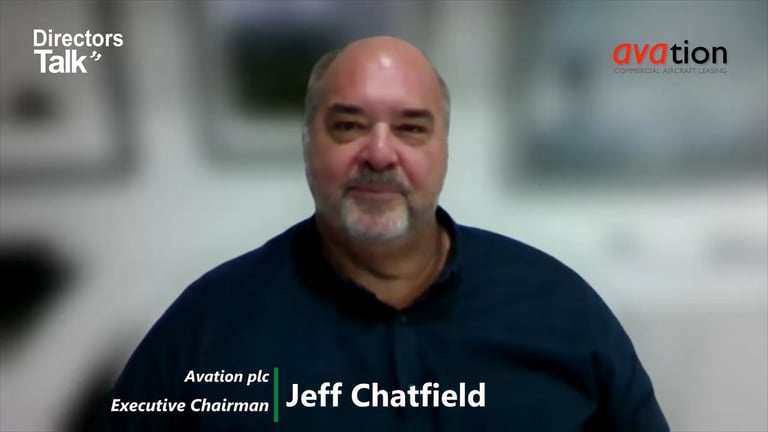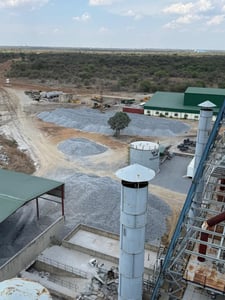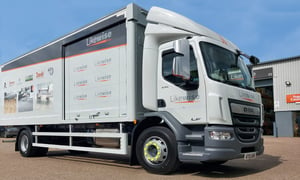ATR’s return to Le Bourget arrives not with bombast but with the kind of composed clarity that investors have come to associate with deep conviction. At a time when aviation decarbonisation narratives are gaining intensity, sometimes more in rhetoric than in deliverable timelines, ATR is choosing a different tack: anchoring its future strategy in practical innovation that is already flying, already certified, and already shifting economics in overlooked air corridors.
Set to occupy Chalet #A240-242 at the 55th International Paris Airshow, ATR is making its presence known not through headline-grabbing reveals, but by quietly doubling down on what it does best, regional turboprop aircraft that cut emissions and unlock new connectivity with precision. The centrepiece is a static display of the ATR 72-600, showcased in the livery of Azul, Brazil’s fast-growing airline. It’s more than a cosmetic pairing. Azul’s embrace of the ATR platform speaks to a broader global trend: operators in expansive, underlinked geographies are choosing smaller, more efficient aircraft that can navigate cost pressures and emissions limits simultaneously.
The airframe itself is only part of the story. Inside the ATR Chalet, the company is elevating its pitch to a more premium tier with the debut of its Highline cabin concept. Displayed both physically and via immersive VR, the Highline configuration underscores an underappreciated lever in regional aviation: the ability to court business and high-yield travellers without compromising the economics of smaller-gauge routes. This blend of comfort and cost-efficiency hints at a customer mix that’s diversifying, and a product strategy that anticipates premium regional demand without straying from ATR’s core strengths.
Also available to explore is ATR’s Mobility Monitor, a software tool aimed at identifying white space in the regional network landscape. Its inclusion is telling. Rather than positioning itself solely as an aircraft manufacturer, ATR is signalling its growing role as a data-informed mobility partner. For investors, this marks a subtle yet strategic evolution. By providing operators with market insights, particularly in complex, high-growth countries like India and the United States, ATR is embedding itself earlier in the decision cycle, creating more touchpoints across the planning and fleet renewal process.
Daily flying displays will reinforce a technical message that’s already well known in sustainability circles: ATR’s turboprops emit roughly 45% less CO₂ than comparable regional jets. But in an era when the gap between aspiration and action in aviation sustainability remains wide, this isn’t merely a carbon story. It’s a route economics story, a network agility story, and a policy-alignment story. Lower emissions aren’t an ambition for ATR; they’re a baked-in attribute. And as regulatory frameworks tighten, the structural advantages of ATR’s platform look increasingly priced into the future.
Two press conferences punctuate the company’s week at Le Bourget. The first, on 16 June, sees ATR in dialogue with Pratt & Whitney Canada, focusing on propulsion innovation and low-emission trajectories. This could offer early clues into how ATR intends to futureproof its aircraft amid shifting engine technologies and fuel compositions. The second, on 18 June, will be led by CEO Nathalie Tarnaud Laude and SVP Commercial Alexis Vidal, delivering a suite of business updates and unveiling a refreshed turboprop market forecast. The timing, in mid-year, positions ATR to recalibrate expectations for a segment that’s often been overshadowed by the noise of larger jets, but which continues to demonstrate durable resilience and strategic relevance.
Investors tracking ATR’s trajectory will note the consistency. There are no sharp pivots or headline chases. Instead, the company is methodically reinforcing its unique moat: low-emission, high-reliability regional aircraft that are operationally versatile and economically grounded. Whether through enhanced cabin design, decision-support tools, or propulsion partnerships, ATR’s message to the market is measured but unmistakable. It is not waiting for decarbonisation mandates to be enforced, it is building the platforms that make them achievable today.
ATR manufactures regional turboprop aircraft, most notably the ATR 42 and ATR 72, with a strong focus on low-emission performance, operational efficiency, and adaptability to diverse global operating conditions.
Avation PLC (LON:AVAP) is a commercial passenger aircraft leasing company owning a fleet of aircraft which it leases to airlines across the world. Avation’s future focus are new technology low CO2 emission aircraft.









































